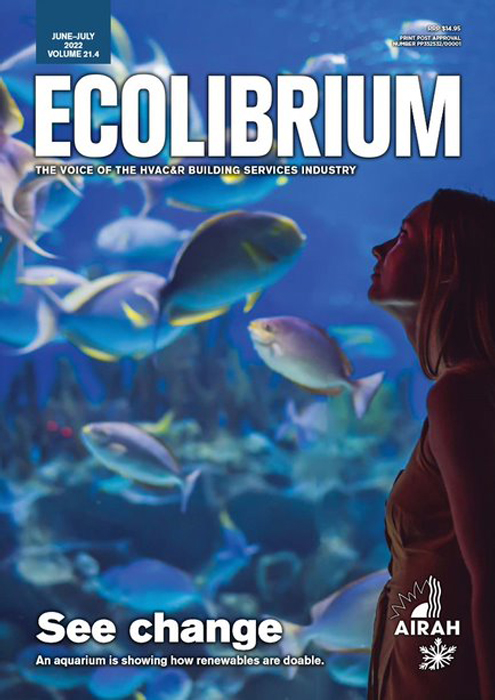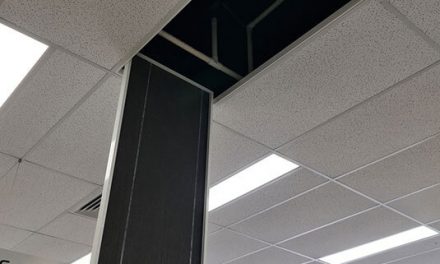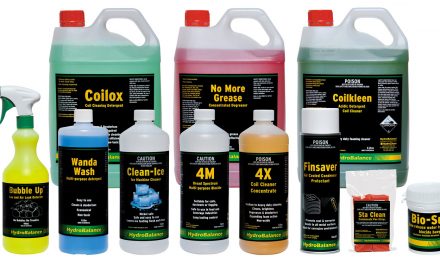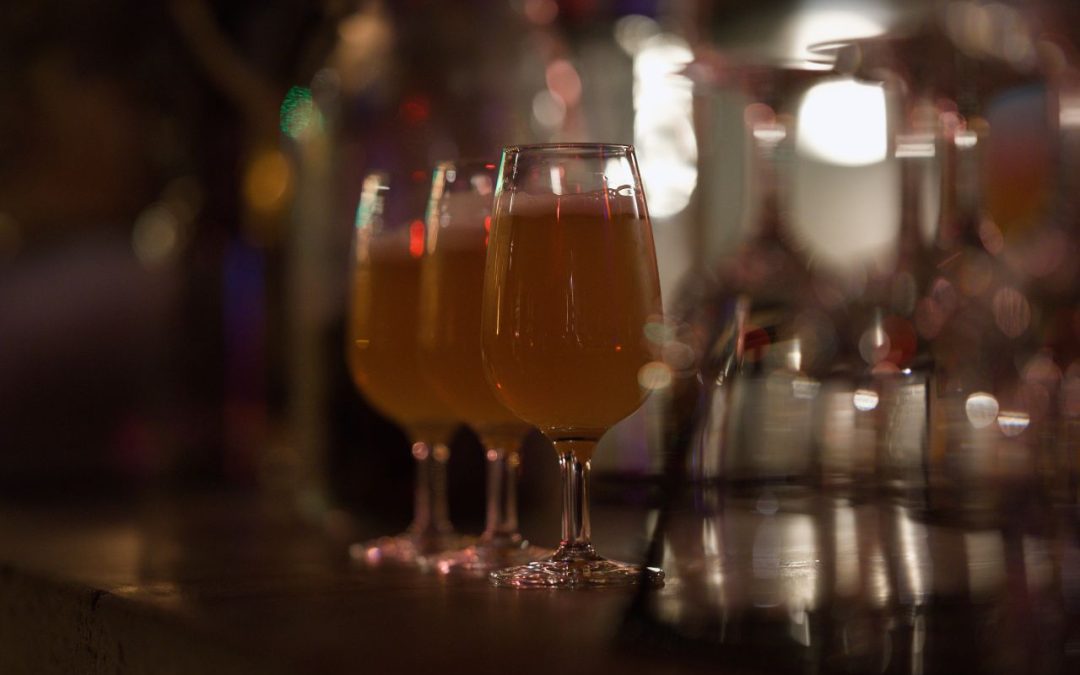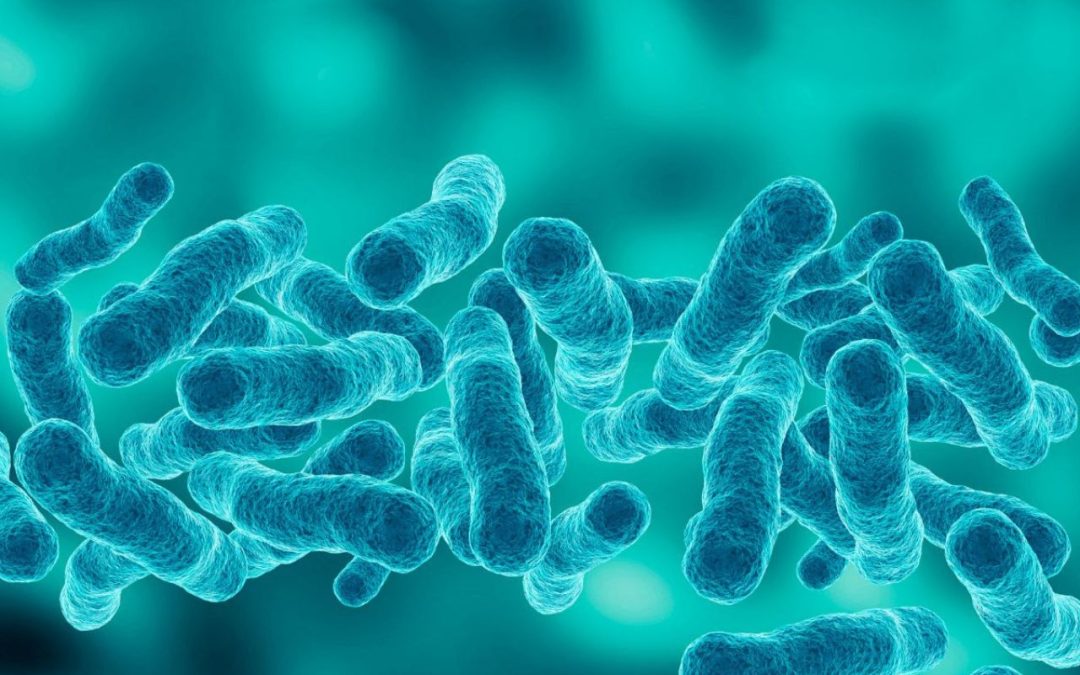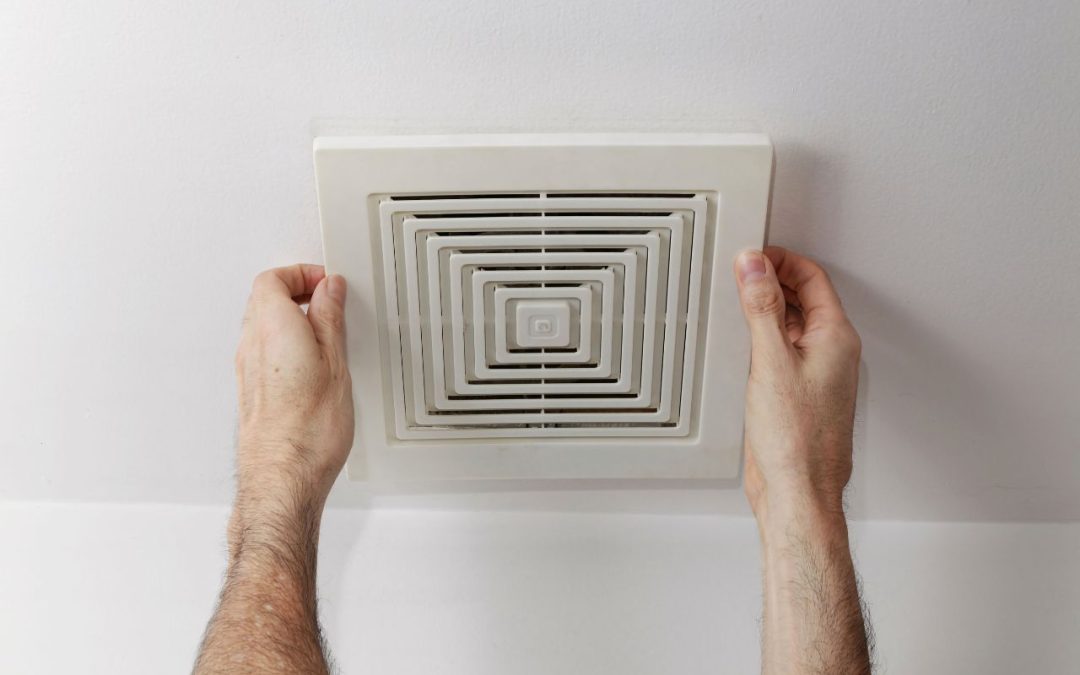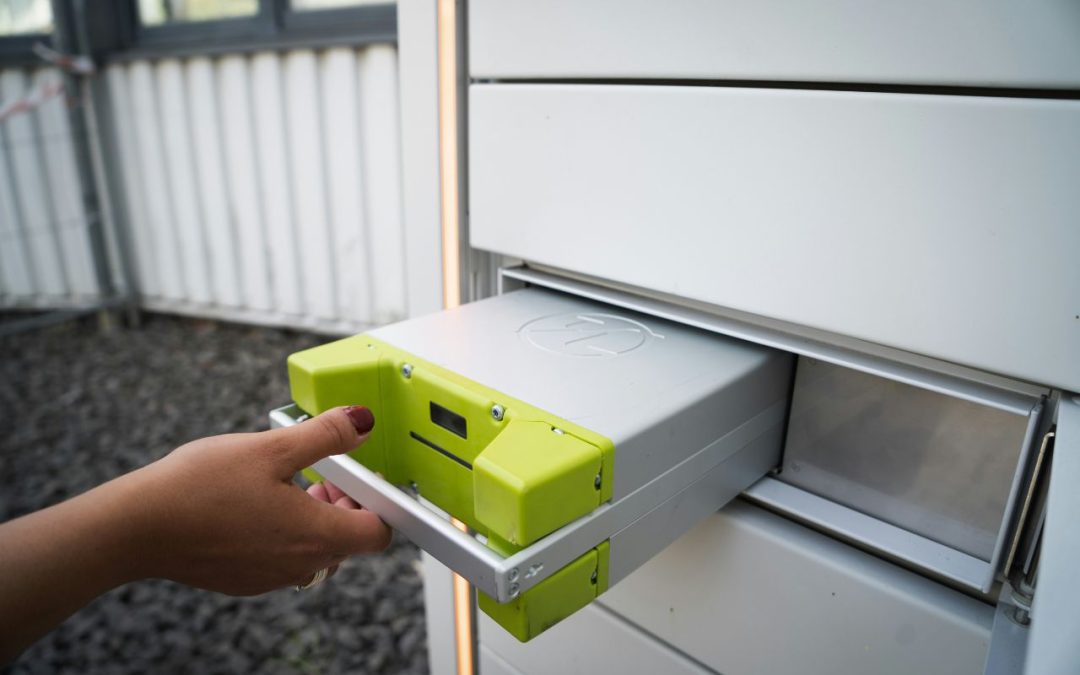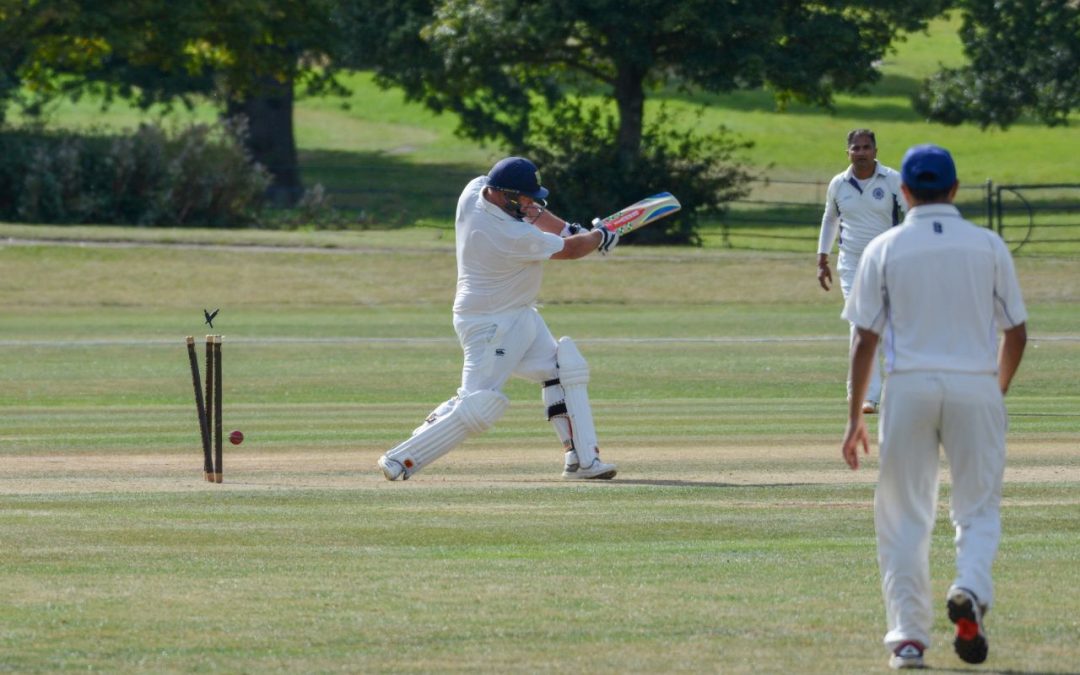Mitsubishi Electric Australia has launched the LGH-RVS sensible core heat exchanger, the latest development in its Lossnay heat recovery ventilator (HRV) line-up.
“Modern buildings have a high degree of thermal insulation and require some form of mechanical ventilation,” says Mitsubishi Electric. “Lossnay systems provide a solution in the form of decentralised ventilation and heat recovery by removing stale air and, prior to expulsion, using that air’s residual heat to pre-condition the incoming fresh air. This allows buildings to maximise efficiency while maintaining healthy levels of fresh air and keeping CO2 levels low.”
The existing Lossnay range features a standard core heat exchanger made from paper, which Mitsubishi Electric says allows for excellent heat retention. However, using a paper core means that rooms with high humidity, such as kitchens and bathrooms, cannot be connected to the system. The system’s core is now available in plastic, meaning that it can be used in all rooms.
Lossnay systems cater to schools, apartment buildings, hotels, hospitals, aged-care buildings, offices and well-insulated commercial buildings, especially where opening windows is not a feasible option and where air conditioning systems are required to operate daily.
